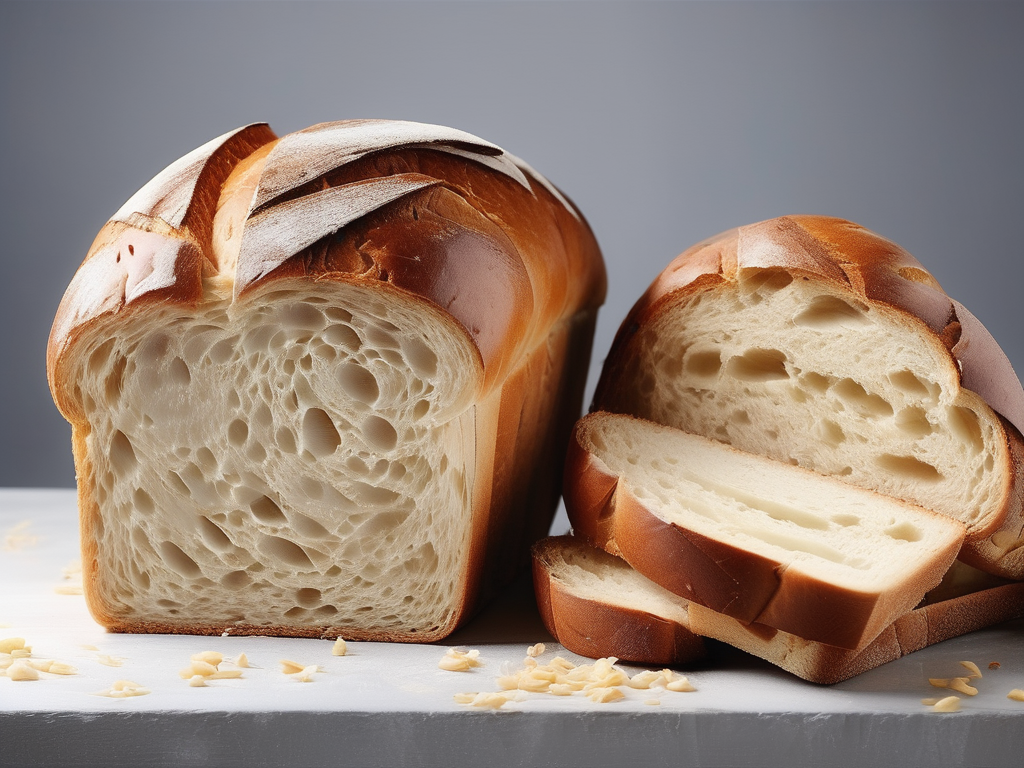
How to Prevent Mold on White Sliced Unopened Bread
Get Your Free Food Safety Cheat Sheet
30 most common foods with instant answers. Print it and stick it on your fridge—completely free!
How to Prevent Mold on White Sliced Unopened Bread
White sliced bread is a staple in many households, but it can be frustrating to find mold growing on a loaf that hasn't been opened yet. Mold not only ruins the bread but can also pose health risks if consumed. In this blog post, we will discuss effective tips for preventing mold on white sliced unopened bread. (Bread white sliced unopened)
Understanding Mold Growth on Bread
Before diving into prevention tips, it's essential to understand why mold grows on bread. Mold spores are everywhere in the environment, including the air, soil, and even on the surface of bread. When conditions are right—such as warmth, moisture, and oxygen—mold spores can germinate and grow, leading to the fuzzy patches we commonly see on bread.
Factors That Contribute to Mold Growth on Bread
- Moisture: Bread has a high moisture content, creating an ideal environment for mold growth.
- Warmth: Mold thrives in temperatures between 77°F and 86°F (25°C to 30°C).
- Oxygen: Mold requires oxygen to grow.
- Humidity: High humidity levels can accelerate mold growth on bread.
Tips for Preventing Mold on White Sliced Unopened Bread
Now that we understand the factors that promote mold growth, let's explore practical tips to keep your white sliced unopened bread mold-free.
1. Proper Storage
- Store unopened bread in a cool, dry place away from direct sunlight and heat sources.
- Use a bread box or airtight container to protect the bread from moisture and air exposure.
- Avoid storing bread in the refrigerator, as the cold temperature can promote moisture accumulation and lead to faster staling.
2. Check the Packaging
- Inspect the packaging for any tears or openings before purchasing the bread.
- Opt for bread that is sealed tightly to prevent mold spores from contaminating the loaf.
3. Use Bread Clips or Twist Ties
- Once you open the bread packaging, secure it with bread clips or twist ties to minimize air exposure.
- This simple step can help prolong the freshness of the bread and reduce the risk of mold growth.
4. Rotate Stock Regularly
- If you tend to buy bread in bulk, make sure to rotate your stock so that older loaves are used first.
- Using the "first in, first out" method can prevent bread from sitting for extended periods and becoming susceptible to mold.
5. Avoid Condensation
- Condensation can form inside the bread packaging if it is stored in a humid environment.
- To prevent condensation, allow the bread to come to room temperature before storing it and avoid placing it near areas with high humidity levels.
Conclusion
By following these simple yet effective tips, you can reduce the likelihood of mold growth on white sliced unopened bread. Proper storage, checking the packaging, using bread clips, rotating stock, and avoiding condensation are key strategies to keep your bread fresh and mold-free. Remember that moldy bread should always be discarded to prevent potential health risks. Enjoy your bread with peace of mind knowing that you've taken steps to preserve its quality and safety.
For more information on food safety and storage, visit our [bread white sliced unopened](/food/bread white sliced unopened) page. (Bread white sliced unopened)
Related Posts
Here are some other articles you might find helpful:
Authoritative Food Safety References
These agencies and university labs inform every tip and health precaution we publish.
USDA FoodKeeper – Cold Storage Guidelines
Official refrigerator, freezer, and pantry timelines maintained by the U.S. Department of Agriculture.
Visit USDA FoodKeeperFDA Produce Safety Rule & Grower Guidance
Field-to-fridge handling practices that prevent contamination of fruits, vegetables, and leafy greens.
Visit FDA Produce SafetyCDC Foodborne Illness Prevention Hub
Surveillance-backed guidance on pathogens, symptoms, and steps to reduce foodborne illness risk.
Visit CDC Food SafetyUC Davis Postharvest Technology Center
University research detailing optimal storage atmospheres for produce after harvest.
Visit UC Davis PostharvestPenn State Extension – Home Food Preservation & Safety
Peer-reviewed extension bulletins on safe canning, chilling, and reheating practices.
Visit Penn State ExtensionGet Your Free Food Safety Cheat Sheet
30 most common foods with instant answers. Print it and stick it on your fridge—completely free! Want more? Upgrade to the complete guide with 70+ foods.
Scan your food directly and get instant safety info using our AI-powered camera feature.